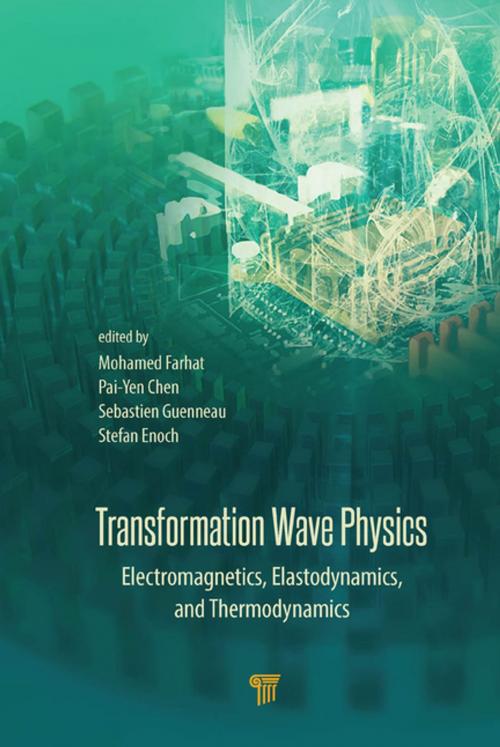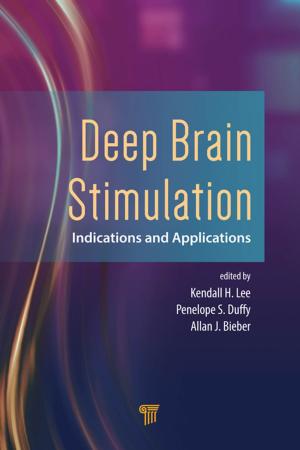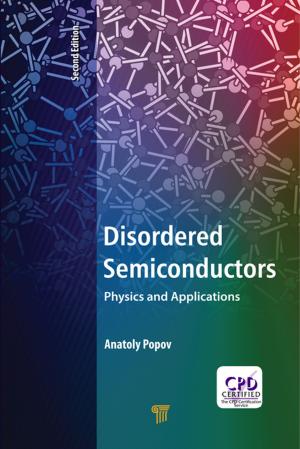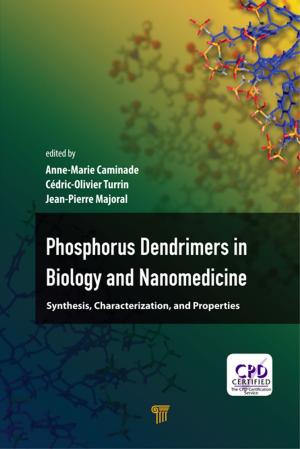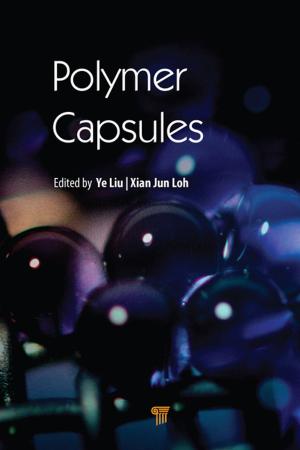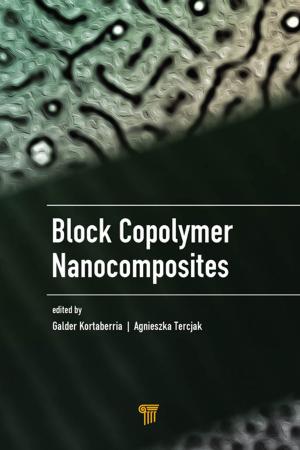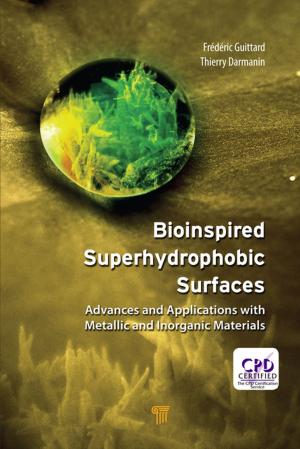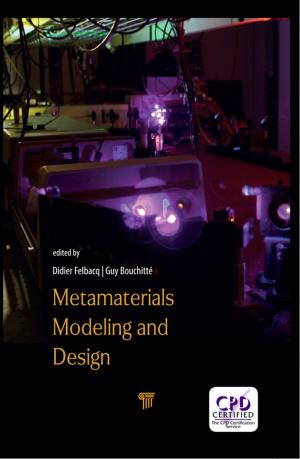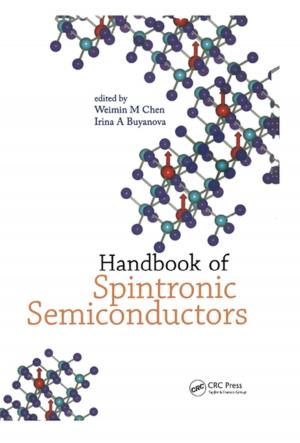Transformation Wave Physics
Electromagnetics, Elastodynamics, and Thermodynamics
Nonfiction, Science & Nature, Technology, Lasers, Science, Physics, Thermodynamics, Material Science| Author: | ISBN: | 9781315341088 | |
| Publisher: | Jenny Stanford Publishing | Publication: | November 18, 2016 |
| Imprint: | Jenny Stanford Publishing | Language: | English |
| Author: | |
| ISBN: | 9781315341088 |
| Publisher: | Jenny Stanford Publishing |
| Publication: | November 18, 2016 |
| Imprint: | Jenny Stanford Publishing |
| Language: | English |
Space–time transformations as a design tool for a new class of composite materials (metamaterials) have proved successful recently. The concept is based on the fact that metamaterials can mimic a transformed but empty space. Light rays follow trajectories according to Fermat’s principle in this transformed electromagnetic, acoustic, or elastic space instead of laboratory space. This allows one to manipulate wave behaviors with various exotic characteristics such as (but not limited to) invisibility cloaks.
This book is a collection of works by leading international experts in the fields of electromagnetics, plasmonics, elastodynamics, and diffusion waves. The experimental and theoretical contributions will revolutionize ways to control the propagation of sound, light, and other waves in macroscopic and microscopic scales. The potential applications range from underwater camouflaging and electromagnetic invisibility to enhanced biosensors and protection from harmful physical waves (e.g., tsunamis and earthquakes). This is the first book that deals with transformation physics for all kinds of waves in one volume, covering the newest results from emerging topical subjects such as transformational plasmonics and thermodynamics.
Space–time transformations as a design tool for a new class of composite materials (metamaterials) have proved successful recently. The concept is based on the fact that metamaterials can mimic a transformed but empty space. Light rays follow trajectories according to Fermat’s principle in this transformed electromagnetic, acoustic, or elastic space instead of laboratory space. This allows one to manipulate wave behaviors with various exotic characteristics such as (but not limited to) invisibility cloaks.
This book is a collection of works by leading international experts in the fields of electromagnetics, plasmonics, elastodynamics, and diffusion waves. The experimental and theoretical contributions will revolutionize ways to control the propagation of sound, light, and other waves in macroscopic and microscopic scales. The potential applications range from underwater camouflaging and electromagnetic invisibility to enhanced biosensors and protection from harmful physical waves (e.g., tsunamis and earthquakes). This is the first book that deals with transformation physics for all kinds of waves in one volume, covering the newest results from emerging topical subjects such as transformational plasmonics and thermodynamics.
